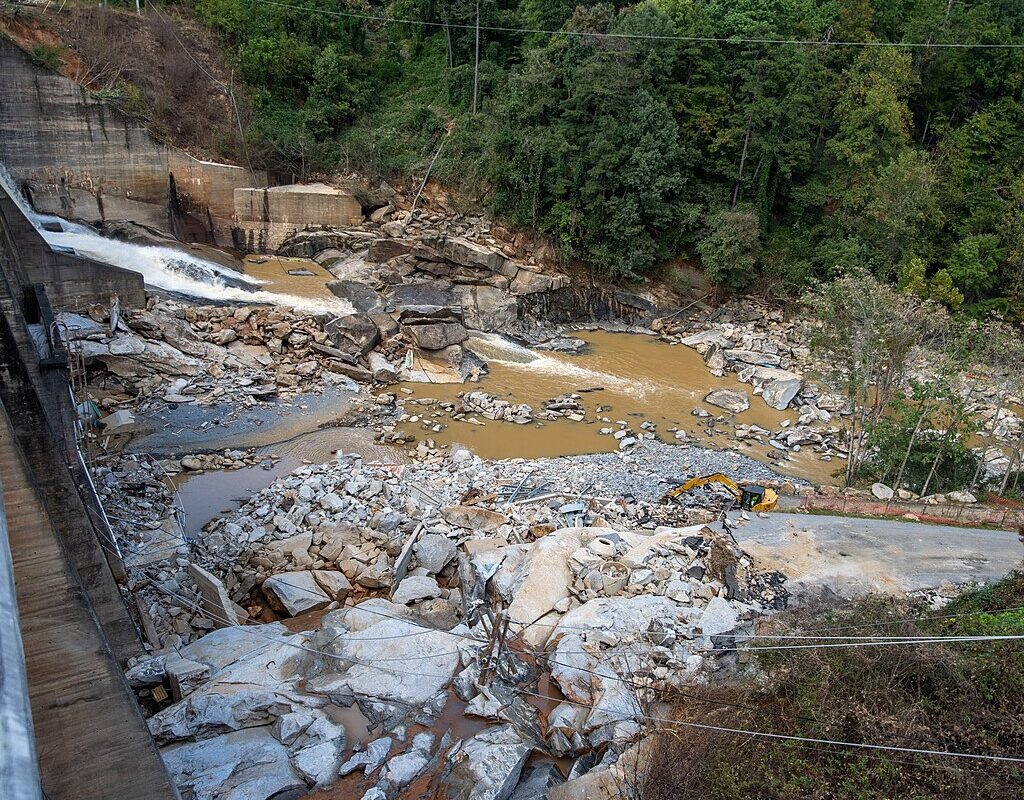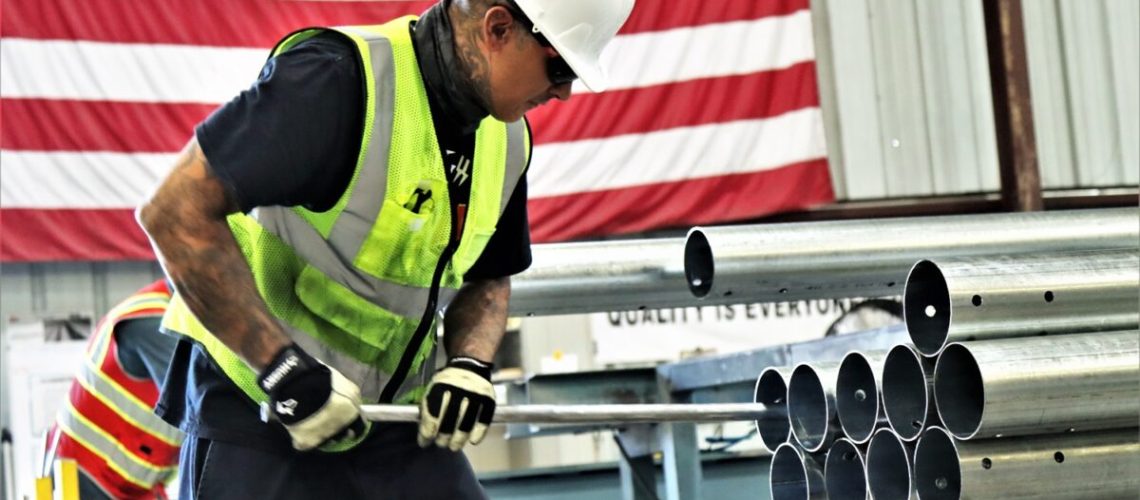On Day One of pv magazine Week, Dr. Heather Boushey, chief economist in the Investing in America Cabinet, shared insight into the ways in which solar has become an economic driver since passage of critical clean energy policy.
With the Inflation Reduction Act as an economic driver, recent numbers are staggering in terms of capacity additions, manufacturing investments, and jobs, to the point where solar is now a dominant technology attracting global investors.
pv magazine USA Week was kicked off with a keynote, “Growing the economy from the middle out,” by Dr. Heather Boushey, member of President Biden’s Council of Economic Advisors and chief economist in the Investing in America Cabinet. Dr. Boushey offered a grounding in the overall economic strategy.
The challenge since 2021 has included recovering from the COVID-19 pandemic as well as other long-standing economic challenges such as workers’ pay and productivity. At the same time there is an existential crisis of climate change, evidenced by the number of climate disasters. Dr. Boushey pointed to the four important pieces of legislation: The American Rescue Plan, the Bipartisan Infrastructure Law, the CHIPS and Science Act and the Inflation Reduction Act, which comprise the “modern American industrial strategy.” She said that through the last three pieces of legislation (BIL, CHIP and IRA), we are saying that some sectors are imperative for us to produce domestically, and these include semiconductors and clean energy technologies.
As China has monopolized core parts of the clean energy supply chain, especially in solar, Boushey said it is difficult to move forward on which means we’re less resilient and less able to move forward on a clean energy economy, unless we invest in those parts of the supply chain.
While there are tensions in certain parts of clean energy sector, there is enormous opportunity, which is why the government is investing in research, infrastructure, supply chain and more. In addition, she emphasized the good jobs being created and that the investments are shaping markets to be fair and competitive.
Metrics of success
The strength of the economic recovery—this has been one of the strongest recoveries in history. The unemployment rate is down below 4%, we have seen growth outpace other countries, we have not had a recession. We have seen inflation is now down to about where it was pre-pandemic. She said this is a successful foundation for our modern industrial strategy.
Over $910 billion in private sector investments have been announced, which is reaching into all parts of the country. Boushey noted that it is not just about the investment, but what it is doing—such as building up communities, providing jobs, bringing clean energy to low-income communities, and more. Furthermore, she noted that building out new ecosystems will have long-lasting effects. We have seen many quarters of historically high investment in new manufacturing, especially in clean energy.
Are we moving fast enough? Boushey concluded that a reasonable way to measure success, considering that climate change is here, is that due to the historic amount of money invested, we are moving faster than forecasters predicted and this is a strong story of successes for building out a clean energy system.
Popular content




